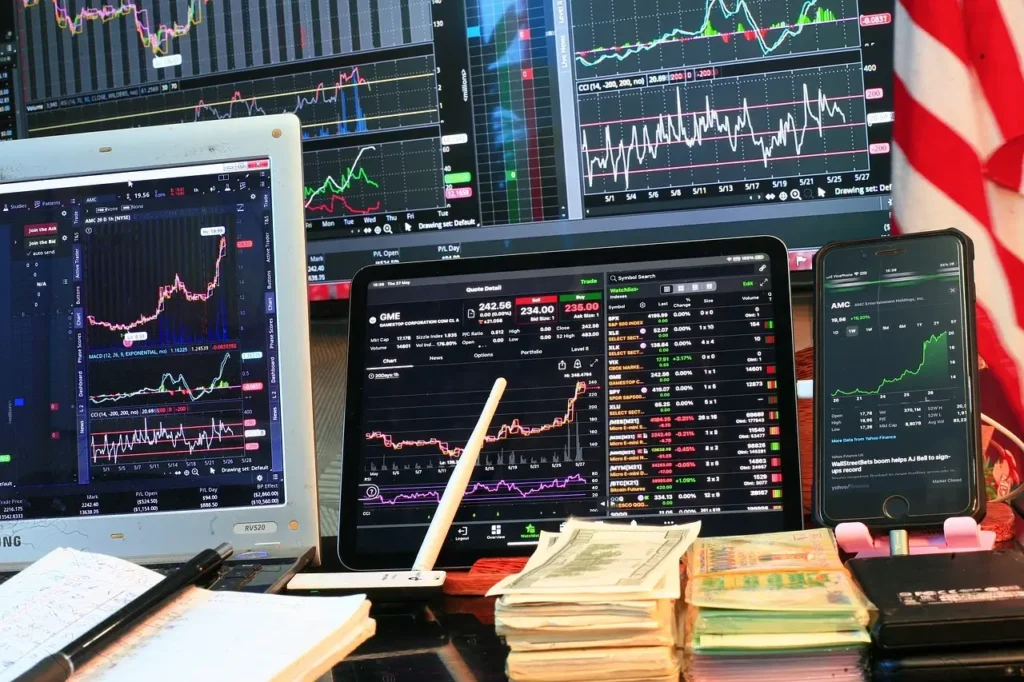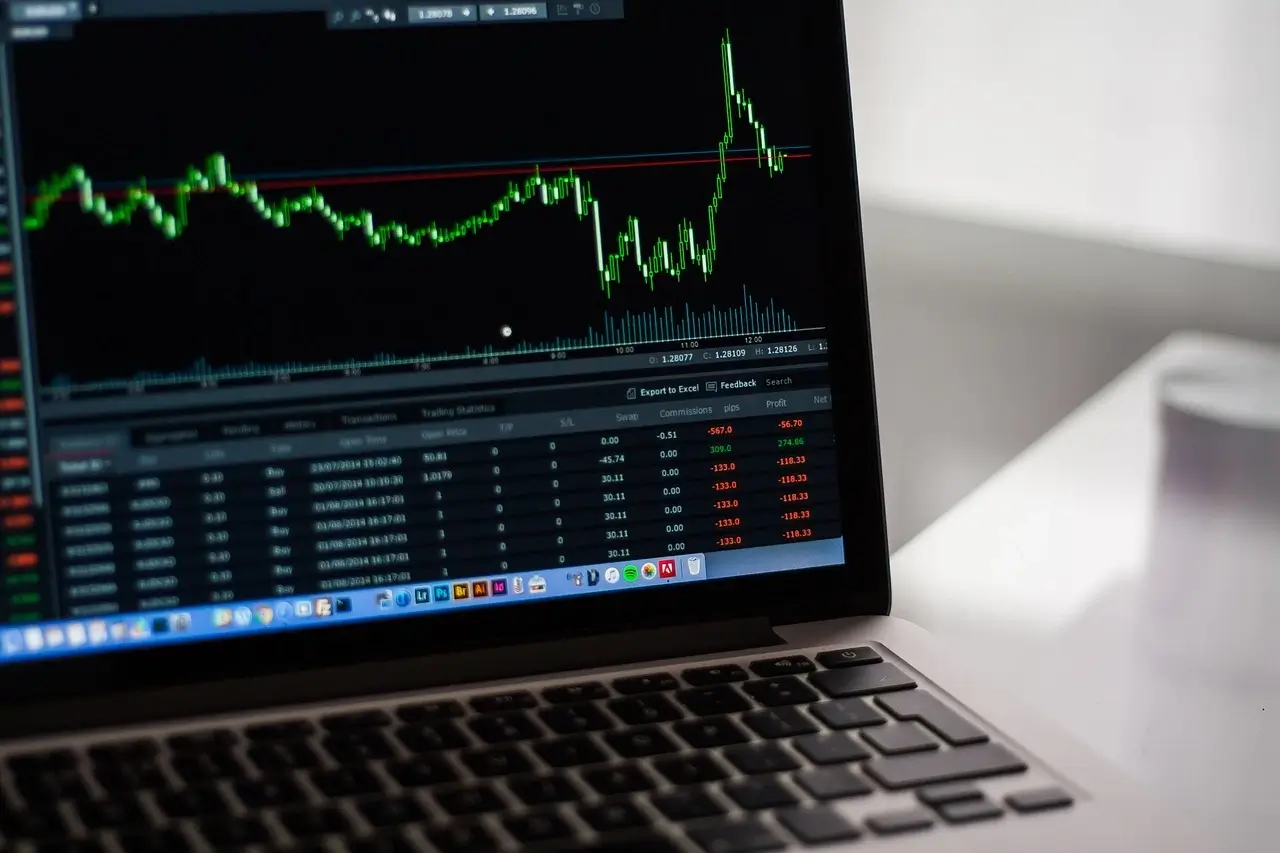Why Market Crash Today
In the fast-paced world of finance, today’s market crash has sent shockwaves through the global financial ecosystem. As of 12 pm, the Sensex witnessed an unprecedented downturn of 1,257.80 points or 1.72%, standing at 71,870.97, while the Nifty followed suit, plunging 357.30 points or 1.62% to 21,675. Let’s delve into the intricacies of the market crash and understand the multifaceted factors that contributed to this tumultuous event.
Global Ripples and Mixed Earnings Reports: A Catalyst for Chaos
The market’s downward spiral finds its origins in the global arena, where mixed earnings reports from major players like Morgan Stanley and Goldman Sachs reverberated through US stocks. The pressure on banks, combined with sell-offs in industry giants like Boeing and Apple, cast a looming shadow on the S&P 500, setting the stage for a challenging day in the financial markets.
The repercussions extended beyond borders, with Asian equities trading in a mixed fashion and Treasuries experiencing a cooldown after the selloff in US stocks and bonds. Investors, recalibrating their expectations for Federal Reserve rate cuts, added an additional layer of complexity to the unfolding drama.
Oil’s Slump and Geopolitical Tensions: A Delicate Balancing Act
Oil prices, often seen as a barometer of global economic health, faced their own set of challenges amid the market turmoil. A stronger US dollar and a broader risk-off sentiment offset concerns over escalating tensions in the Middle East, including continued attacks on ships in the Red Sea by Iran-backed Houthi rebels.
Despite the geopolitical unrest, the drag from the stronger US dollar and a broader risk-off tone contributed to a decline in oil prices. This not only impacted the energy sector but also added another layer of complexity to the intricate dance of market dynamics.
Amidst the Chaos: Shining Stars and Struggling Sectors
In the midst of the market storm, certain stocks managed to defy the prevailing trend. ICICI Lombard emerged as a beacon of positivity, with its stock surging nearly 7% on the back of stellar Q3FY24 results. The company’s impressive 22.4% year-on-year growth in net profit and a gross direct premium income increase of 13.4% for the December quarter painted a positive picture amid the broader market gloom.
Rail Vikas Nigam Ltd (RVNL) showcased remarkable resilience, hitting a new all-time high with a 5.19% surge to ₹235.10. This stock’s extraordinary 210% returns over the past year underscored its ability to weather the storm.

Sectoral Roller Coaster: Winners and Losers
The market’s roller-coaster ride was mirrored in the divergent performance of various sectors. BHEL stood out by staying in the green for the third consecutive day, experiencing a 4.41% increase at ₹211.95. The stock’s substantial gains over the past six months and year highlighted its resilience in turbulent times.
However, the financial and banking sectors bore the brunt of the market slump. Both the Nifty Bank and Nifty Financial Services indices witnessed a decline of over 2.5% each, with HDFC Bank’s disappointing Q3 results being a significant contributing factor.
Individual Stocks in Focus
As the market faced one of its most challenging days, certain stocks stood out with their performances. PTC Industries, for instance, witnessed a significant 10% surge to a new high of ₹7,663.25. This surge followed a pact between its subsidiary and France-based Dassault Aviation for the supply of titanium cast parts for the Rafale multirole fighter aircraft.
Conversely, Adani Energy Solutions faced a 2.75% dip, with the company reporting on its transmission and smart metering business, maintaining 99.67% system availability in Q3. The divergent performances of these market players shed light on the diverse challenges and opportunities within the current economic landscape.
Gold, Silver, and the Precious Metals
Commodities like gold and silver also experienced the ripple effects of the market turmoil. Both precious metals faced sharp declines in a highly volatile trading session. The dollar index reaching one-month highs, geopolitical tensions in the Red Sea, and increased U.S. bond yields all contributed to the downward pressure on gold and silver.
The retaliatory air strikes by the U.S. and U.K. in Yemen intensified the safe-haven demand for the U.S. dollar, impacting gold and silver prices. However, the ongoing tensions in the Middle East continued to support the safe-haven demand for these precious metals.
Corporate Maneuvers and Regulatory Nods
In the midst of the market chaos, significant corporate moves and regulatory developments unfolded. L&T Construction secured orders for its buildings & factories business in India and Oman, with its residential business securing a substantial repeat order from the Government Planning & Development Authority, Maharashtra.
On the financial front, the Reserve Bank of India (RBI) approved the appointment of Praveen Achuthan Kutty as the MD & CEO of DCB Bank from April 29. The market responded positively to this news, with the stock registering more than a 1% increase.
As the market grapples with one of its most challenging days, investors find themselves in uncharted waters. The market crash today serves as a stark reminder of the intricate web of global financial interdependencies and the profound impact of geopolitical events on market dynamics.
While some stocks demonstrated resilience and positive performance, others faced the heat of disappointing results and broader economic concerns. As market participants assess the fallout of today’s events, it becomes crucial to remain vigilant, adapt strategies, and seek guidance from experts to navigate the stormy seas of the financial world.
In conclusion, today’s unprecedented events underscore the need for a diversified and well-informed approach to investments. As the market recovers from the shocks, it is a testament to the resilience of the financial system and the adaptability required to thrive in the ever-changing landscape of global markets.’
You may also Read our Finance, World News, Local News, Health, Food, and Education articles.

